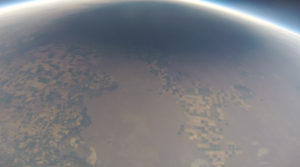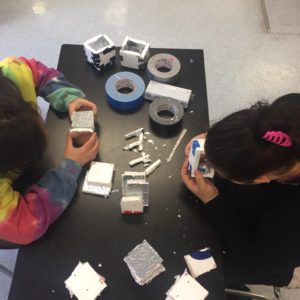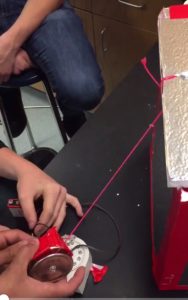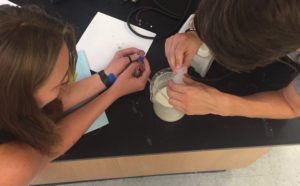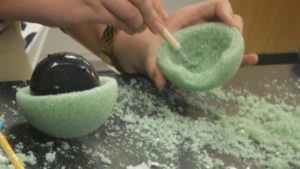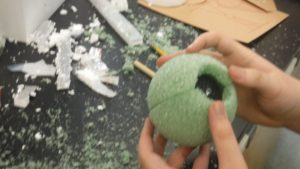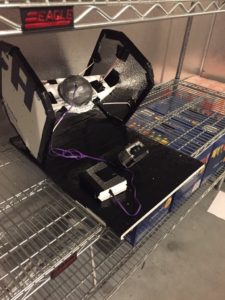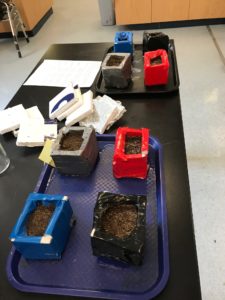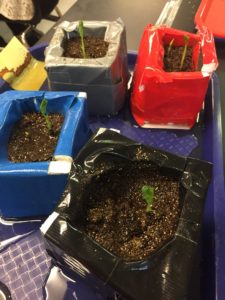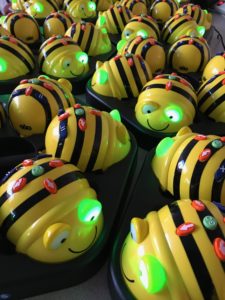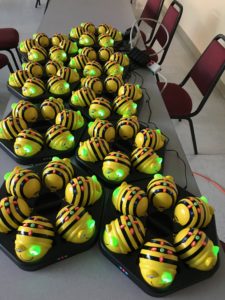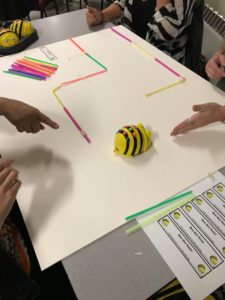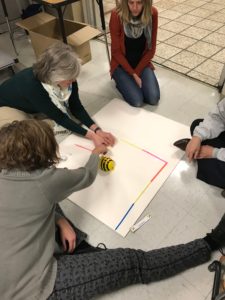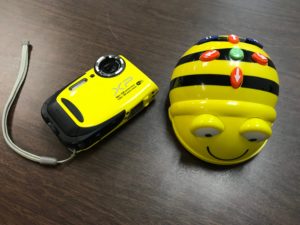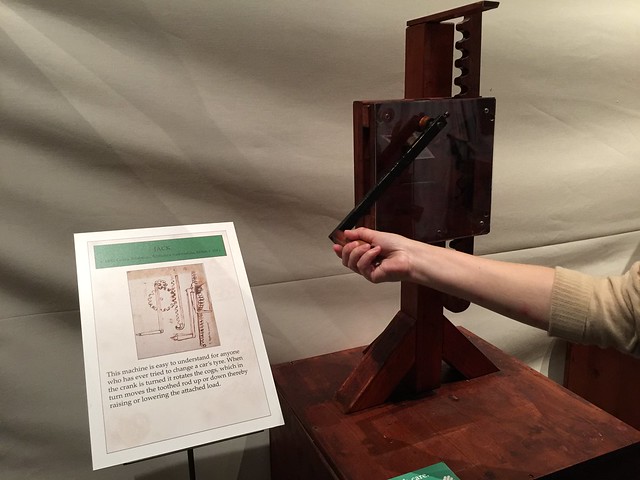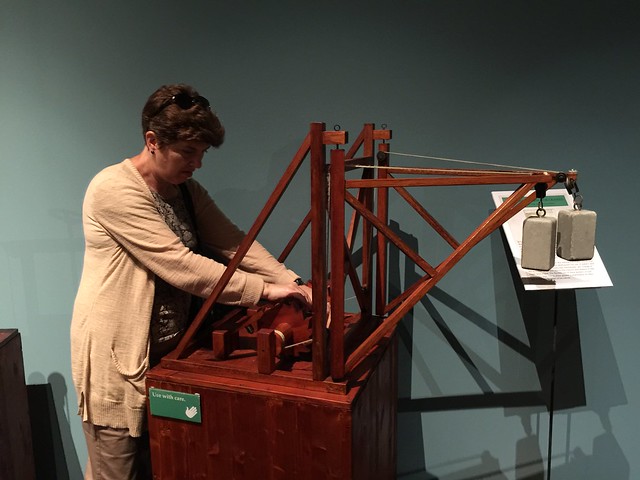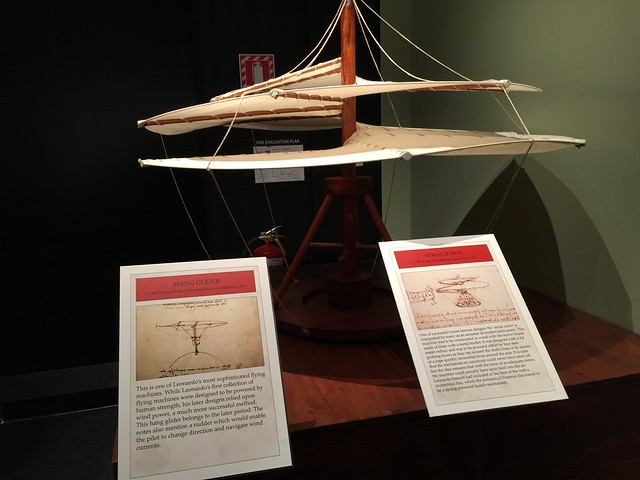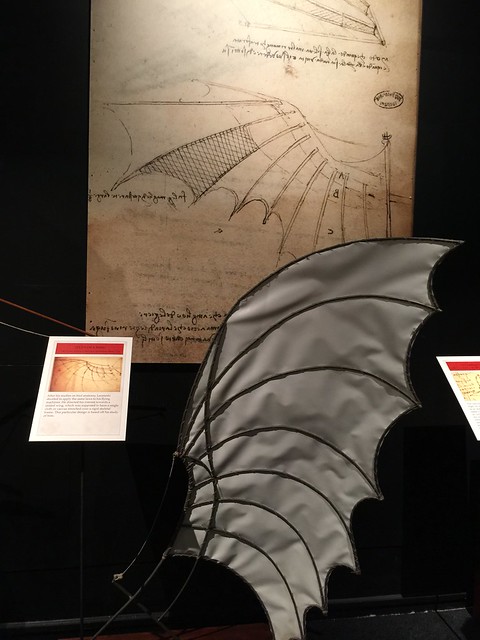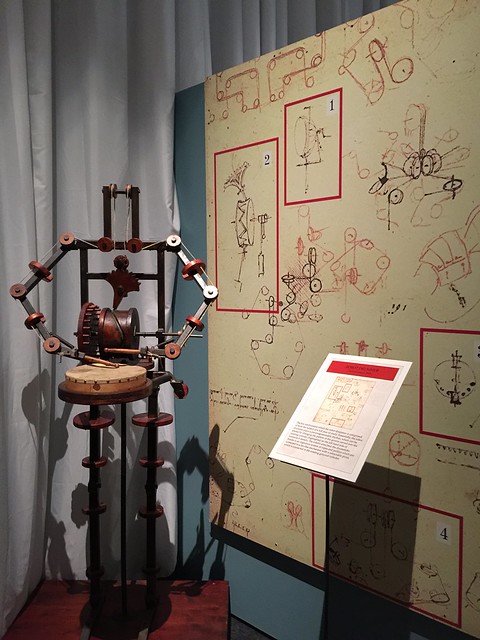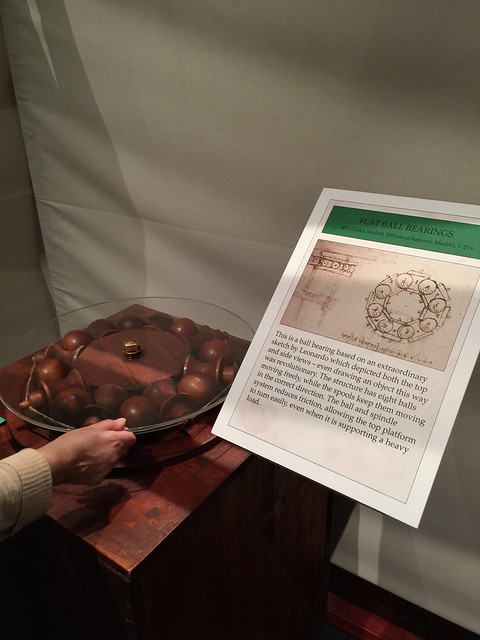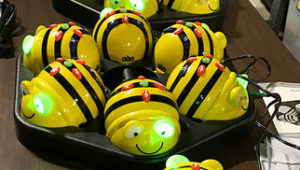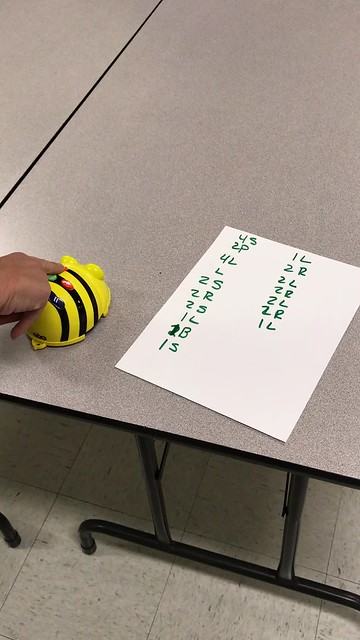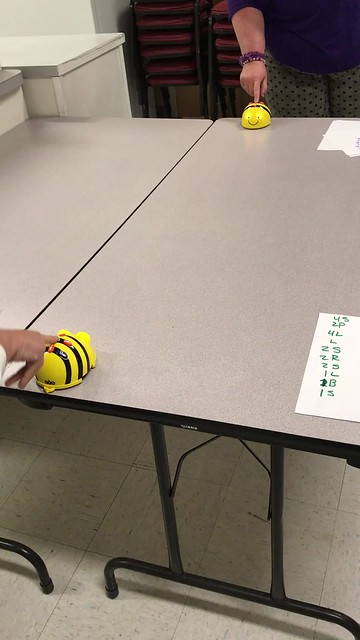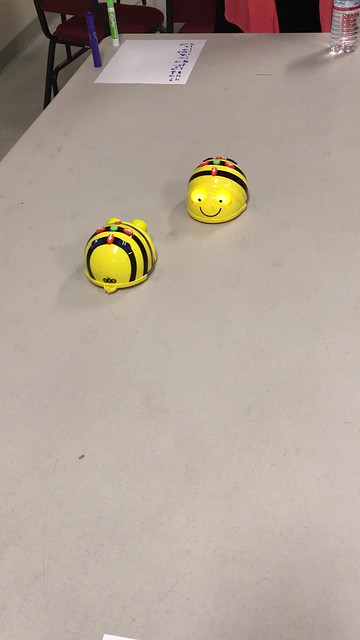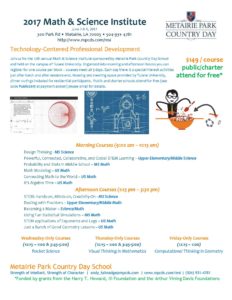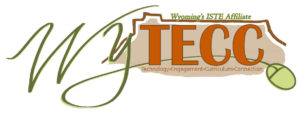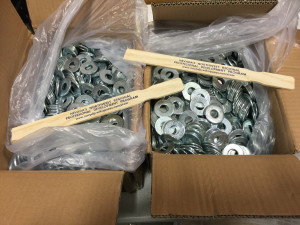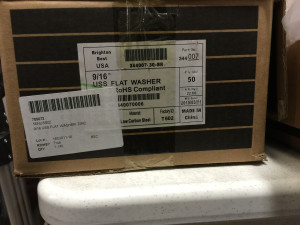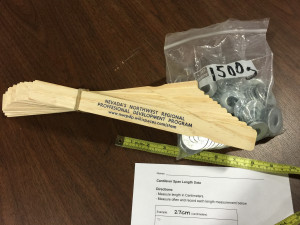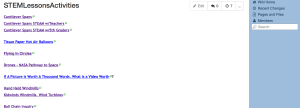Yesterday, I wrote a piece about assuming students have collaboration skills and building class culture. These vital learning pieces were greatly deemphasized and cut (even ridiculed as a waste of time) during the last 15 years or so of school “reform.” I meant to include a paragraph or so about how time consuming building class culture and group dynamics is (what tends to be called “Social Emotional Learning” today) … which is one of the reasons they were vilified, since making sure every piece of every “researched based” ELA, math, intervention and writing program must be implemented with absolute fidelity, and that took up the whole day … no time for anything else (even apparently science, art, social studies, PE …..).
I was fortunate to be part of a staff long ago that was told in no uncertain terms before school started, that we should take 4 to 8 weeks to focus on building a supportive, collaborative culture in our classrooms. The principal was looking for that happening from the first day of school and the staff worked together on lessons and activities and literacy pieces and projects all designed to foster and build that culture. I remember my first year at that school wondering how that would take 4 to 8 weeks (with follow ups throughout the year). BTW it wasn’t like we didn’t teach reading and math and science and everything else … its just that we took some of the time for those subjects, especially early on to teach whole lessons and discussions and talk about what we were reading (Crow Boy, Maniac Magee, and others were favorites) that centered on respect, collaboration skills and more.
My students even produced some award winning video projects that sprang up around our work in these areas: Don’t Laugh At Me and Being Different come to mind as student initiated projects. And these took a lot of class time for students to produce. But the language and discussion and writing and creativity they spawned were incredible. And if we had problems come up later in the year it wasn’t unusual that we would watch and discuss these videos and revisit discussions about books and activities we’d experienced. IT TOOK TIME! Valuable time, but valuable time well spent (and note the arts and hands-on technology use … and when I run into these students from time to time (now past college graduate age whether they went to college or not) these projects and others are what they want to talk about.
So my message here is it shouldn’t just be that you have a Social Emotional Learning program at your school with siloed lessons …. we should be spending the time to make this kind of learning and work part of the culture at school and in our communities. I think we are currently experiencing the results first hand of cutting these experiences because ELA and math were more important.
Learning is messy!

